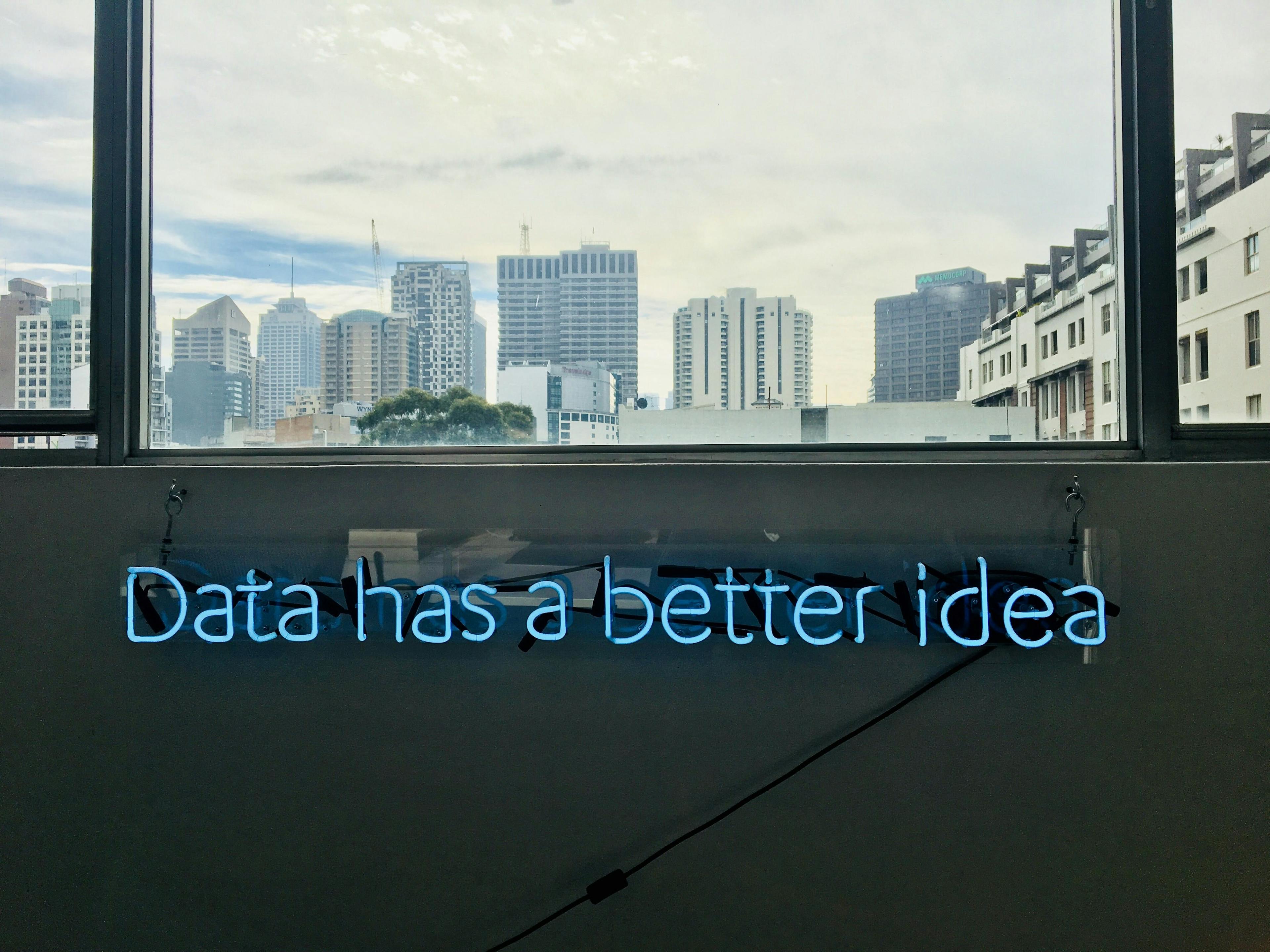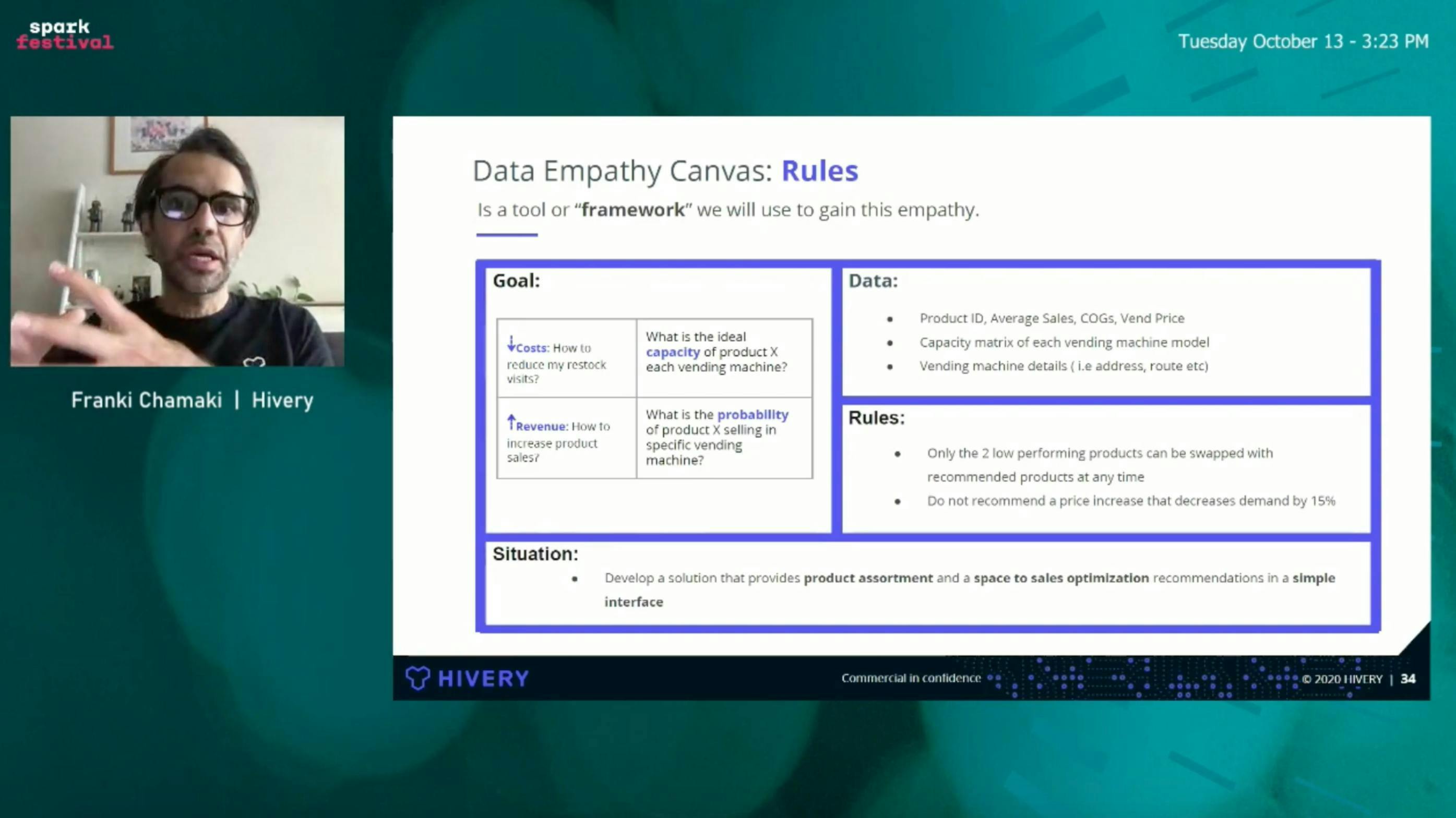
What is data empathy?
Everything you need to know about a design thinking approach to AI Application Development
The future is now; and the things we desire for our businesses in the future start with today’s planning and design.
With 90% of world’s data created in the last 4 years, the importance of leveraging one’s datasets is becoming more and more important. While, according to Forrester Research, companies are only leveraging 12% of it! How can we get to more like 100%? Building Data Empathy is the key to designing artificial intelligence applications that can leverage these datasets.
The design thinking era
Design thinking is becoming more important due to the shift from a product-centric approach to a customer-centric approach. When it comes to your AI application development, however, it has to flow through a three step transition: from product-centric approach to a customer-centric approach and then to the data-centric approach. This does not mean you don’t consider the wants and needs of your customers or users, you do. But you can’t build a car without building the engine first, right?
The data era
Along with the shift in design from a customer-centric to product-centric approach, the technology has shifted from big data to AI/machine learning.
Before AI, big data lacked in collection and interpretation. Today, AI provides new methods for gathering, interpreting, and leveraging data in ways never thought possible. AI adds an undeniable level of value that big data simply can’t compete with.
If we combine design thinking with AI/machine learning, we can create better, more intuitive customer-centric AI applications with more success than ever before.
What is the data empathy process?
Glad you asked, I have prepared a SlideShare presentation about this below or watch the Spark Festival video.

Here is a summary for you below
1. Discovery
Moving from customer empathy to data empathy
Let’s revisit the question I asked above: Why build a car if you can’t build the engine? To explain this better, why build a user interface (the car body) if you don’t know what AI engine will be? What parts of the engine does the user need to change/modify, if any?
Product or service development starts with empathy mapping where a business attempts to gain deeper insight into their customers. Similarly, the first step in the development of an AI application is to build data empathy.
Building data empathy
Data empathy is about gaining an understanding of how data travels throughout the organization: how it is used, what systems and processes support it, and what actions are derived from it.
The data empathy framework involves the following stages:
- Goals: It’s important to define the problem and outline goals to help with the direction of your application development.
- Data: Data is important as it helps us to understand the quality, quantity, and system flows within an organization. In other words, it helps us answer the question, “do we have the right data, training, and resources to solve our problem?”
- Rules: Rules are important in terms of considering business restraints. In other words, “can we work within the ‘rules’ or constraints to achieve our goal?”
2. Experiment
Why experiment?
Experimentation is important for your AI application development as it provides business value before making large commitments such as investment, time, and resources. Furthermore, experimental design is important for ensuring stakeholder agreements. It also defines what are the operational challenges need to be changed or modified (i.e. training and change management needs).
3. Deployment
This stage in the design thinking process involves moving from design thinking to project management, operationalizing, and commercialization. In other words, it’s where the planning and design thinking “gets real”.
Conclusion: Things to consider
Design thinking is an approach to AI application development that not only considers the current customer-centric business environment, but also requires the organization to look inwards and determine what they are realistically capable of achieving.
Consider the tools and resources that can help you get a better grasp of what design thinking means for the development of your AI application.
—
Sources:
Data empathy: design thinking approach to AI application development